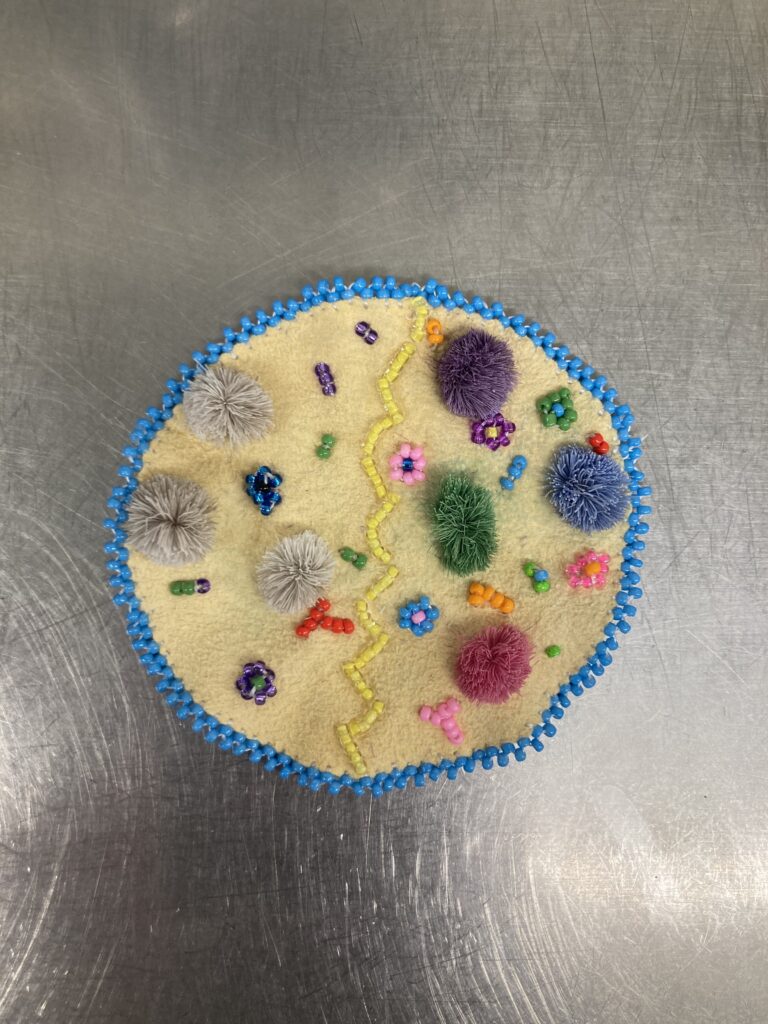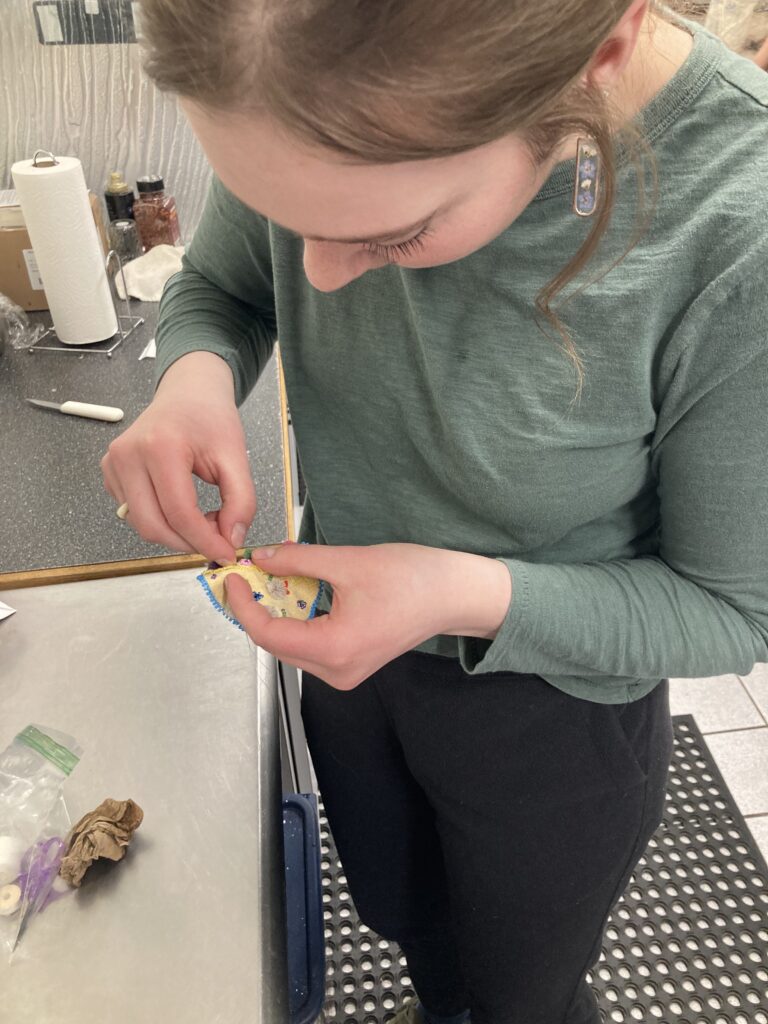I am covering objectives explaining the hygiene hypothesis and how it relates to WBC function and the immune system. The hygiene hypothesis is the idea that when a child is not exposed to enough infectious agents, or anything that would diversify their gut flora, they develop an unhealthy gut microbiome that is not able to fight off disease or parasites. A person can develop diseases or be more susceptible to intolerances, this is when people develop conditions like asthma, autoimmune diseases or allergies. My focus will be mostly on allergies and how they are developed and fought off.
Children in developed countries who have grown up in urban areas and are in middle-to-upper class families tend to struggle more with unhealthy gut flora. It is possible to be “too clean”. Most of these people have appliances like dishwashers and washing machines, as well as running water and flushing toilets. They are not exposed to as much bacteria or even picking up antigens while outside or playing in the dirt. Having a pet or animal also helps with exposure. Active and passive transport would play a role in this as well. It would depend if a child had their 0-5 year old vaccines, or if the mother breastfed or used a formula. A mother can pass down her antibodies to the child through her breast milk. Taking vitamins and probiotics, eating fermented foods, or those high in fiber, as well as getting vaccines greatly helps to diversify the microbiome, even in adulthood.
When a microbe enters the gut it can usually detect what it is. If it is a harmful bacteria, it will get destroyed, but in an underdeveloped gut the microbiome is unable to determine if something will be okay and so it freaks out and reacts. White blood cells are a type of blood cell that are transported around the body in blood or the lymph nodes. They are a part of the immune system and fight off infection and disease. The immune system is like a gardener for our gut bacteria, gently monitoring and responding to their populations and keeping an eye out for unwanted pathogens(Ware, 2022). Lymph nodes in the intestines are packed full of WBC that are released to help fight infection.
Since an unhealthy gut microbiome that is not diverse identifies so many things as foreign, it is the white blood cells job to come and try to fight it off or take care of whatever intruder has entered. A signal is sent when an unknown enters the gut and the WBC are notified and sent to investigate and destroy it. This type is a fast acting white blood cell that surrounds the bad bacteria, engulf it, and then inject a chemical inside the cell to break it down and destroy it. A slower acting type of WBC are lymphocytes. They do not destroy as quickly, but instead identify an antigen that does not belong, and produce antibodies against them so the body can fight it off easier the next time.
The hygiene hypothesis and WBC are related because someone’s gut, that resembles the hygiene hypothesis, likely will or can develop diseases such as asthma, autoimmune diseases, and allergies. White blood cells are meant to aid the gut when these problems develop due to an underdeveloped gut flora. The gut microbiome plays a crucial role in the formation of the immune system, and alterations in the microbial community can increase the risk of developing food allergies.(Lesage, 2023). Children who have not been vaccinated, breast fed, or spend much time outdoors and on a diet of mostly processed food, have not built up a strong immunity. When someone has developed an allergy WBC can aid in the allergic reactions. They release histamine which is what gives us the allergic reaction symptoms, but it is meant to drive the allergen out of the system. The immune system also releases cells called Tregs, or T-cells. They are anti-inflammatory cytokine proteins that help maintain tolerances. In individuals with a disrupted gut microbiome, the reduced production of Tregs and anti-inflammatory cytokines may lead to the loss of immune tolerance and the development of food allergies(Stefka, Lesage, 2023). In conclusion, it is best to expose children and get them out as much as possible so they can enjoy a healthy life without flare-ups from an underexposed gut flora. A little dirt never hurt!
My art project is supposed to represent the gut flora of a healthy and diverse microbiome on the right side, and the left side shows an unhealthy microbiome that has allergies and disease with white blood cells trying to fight off the foreign bacteria. The healthy side has a lot of variety in colors and the other side uses mostly green and purple, except for two foreign microbes. We call the gut microbiome our gut “flora” and flora means flower so the flowers represent bacteria. The natural reindeer fur tufts on the left side is the WBC and the other reindeer fur tufts also represent different types of gut bacteria that make up the microbiome.
Cited Sources:



Great job explainig the hygience hypothesis Clara!
Basically (according to the hypothesis), if we do not excersize and “socialize” our gut bacteria biome by exposing it to various things at a young age, it will not develop properly.
This can lead to problems down the line including our immune system reacting to and attacking things that it should not. This is because the idle/inactive immune system hasn’t been maintained and worked out. The immune system will flag normal and unharmful things as bad, and attack them causing the symptoms we see often. Asthma may even be a symptom from this problem.
The more that we use our immune system, the better suited it is to identify things correctly (Foods versus pathogens). It will already have antigens ready to fight common problems, be less finicky, and be better at doing its job (kill pathogens, let food by).
It is possible to be too clean, and to in turn have a faulty immune system that does not work as intended. This is why it is important to expose your immune system to good things (natural things inckuding breast milk, healthy foods, the enviroment). This will strengthen and teach it, which will be helpful in the long run to maintain a healthy gut flora (diverse arrary of helpful bacteria).